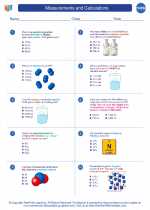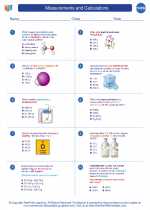Bone Structure and Composition
Bones are an essential part of the human body, providing structure, protection, and support. Understanding the composition and structure of bones is crucial for a comprehensive understanding of human anatomy and physiology.
Composition of Bones
Bones are composed of both organic and inorganic components. The organic components include cells, collagen, and other proteins, while the inorganic components consist primarily of minerals such as calcium and phosphate.
Organic Components
- Osteoblasts: These are bone-forming cells responsible for the synthesis and secretion of the organic matrix of the bone.
- Collagen: The main protein in the organic matrix, providing flexibility and tensile strength to the bone.
- Proteoglycans: These molecules help to regulate the mineralization of the bone and contribute to its overall structure.
Inorganic Components
- Calcium: The most abundant mineral in bone, providing hardness and strength.
- Phosphate: Along with calcium, phosphate forms hydroxyapatite crystals, which give bone its rigidity.
- Hydroxyapatite: This mineral complex accounts for the majority of the inorganic component of bone and contributes to its hardness.
Bone Structure
Bones have a hierarchical structure, consisting of several layers and types of tissue.
Microscopic Structure
At a microscopic level, bone tissue is composed of osteons, also known as Haversian systems, which are the fundamental functional and structural units of compact bone.
Macroscopic Structure
At a macroscopic level, bones are categorized as long, short, flat, or irregular, each with a distinct structure suited to its specific function in the body.
Functions of Bones
Bones serve several important functions in the human body, including:
- Supporting and protecting vital organs and soft tissues.
- Facilitating movement and providing attachment points for muscles.
- Participating in mineral homeostasis by storing and releasing minerals such as calcium and phosphate.
- Contributing to blood cell formation through the bone marrow.
- Acting as a reservoir for growth factors and other signaling molecules.
Study Guide
To effectively study the topic of bones, consider the following key points:
- Understand the composition of bones, including the roles of organic and inorganic components.
- Explore the microscopic and macroscopic structure of bones and how they relate to function.
- Examine the functions of bones in the human body and how they contribute to overall health and well-being.
- Consider real-life examples and applications of bone structure and function, such as bone injuries and diseases.
- Utilize visual aids, such as diagrams and models, to enhance your understanding of bone structure and composition.
◂Chemistry Worksheets and Study Guides High School. Measurements and Calculations

 Worksheet/Answer key
Worksheet/Answer key
 Worksheet/Answer key
Worksheet/Answer key
